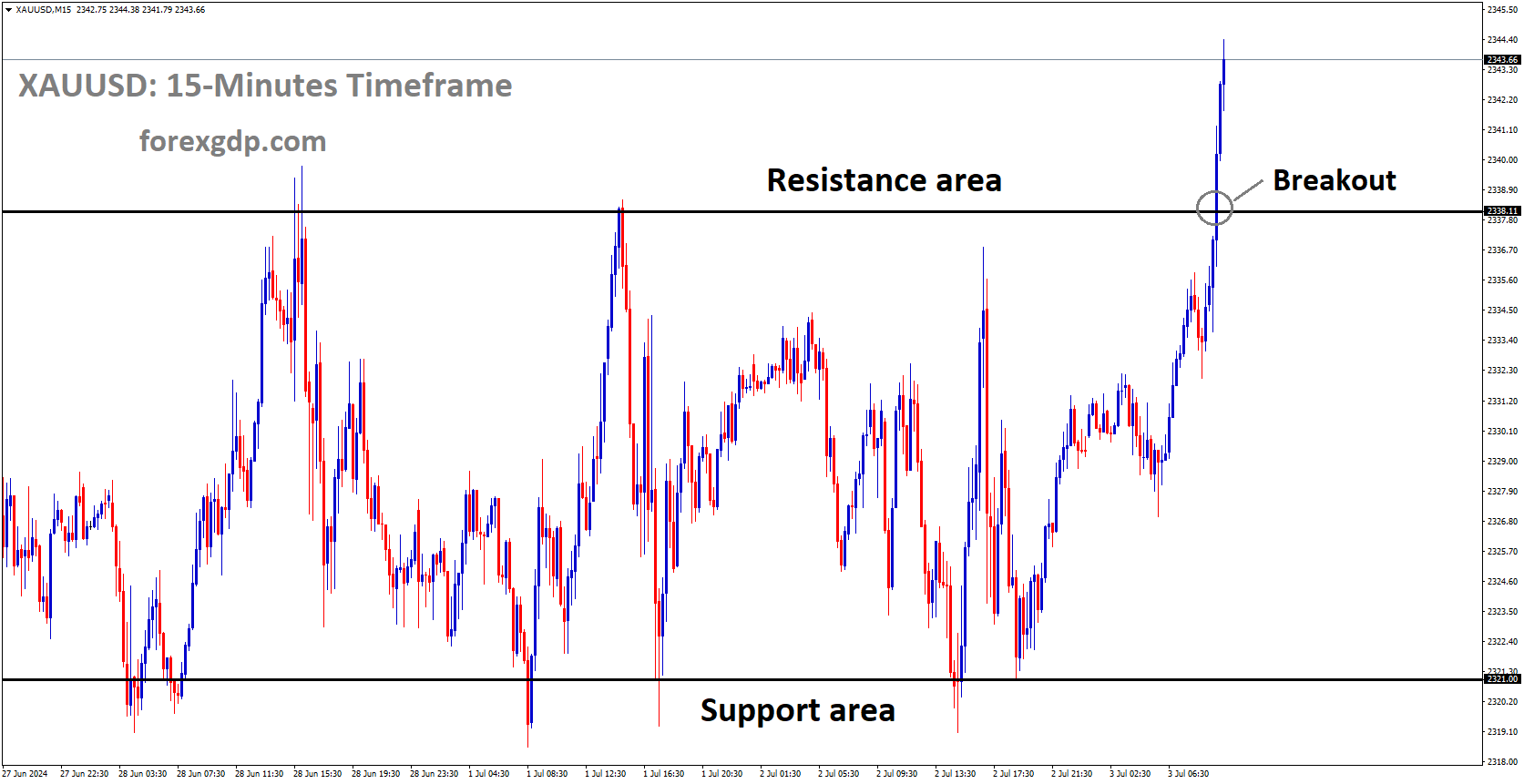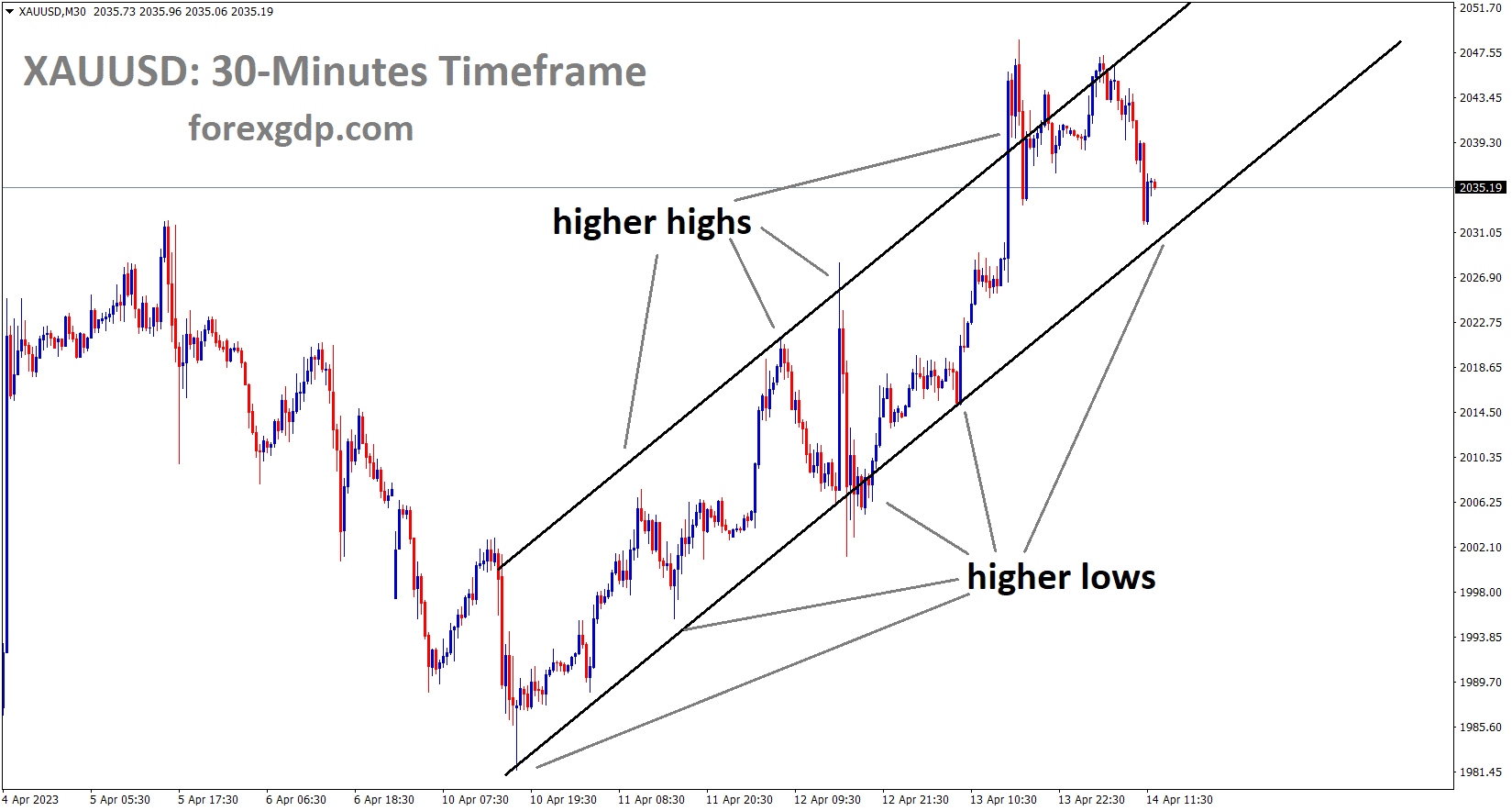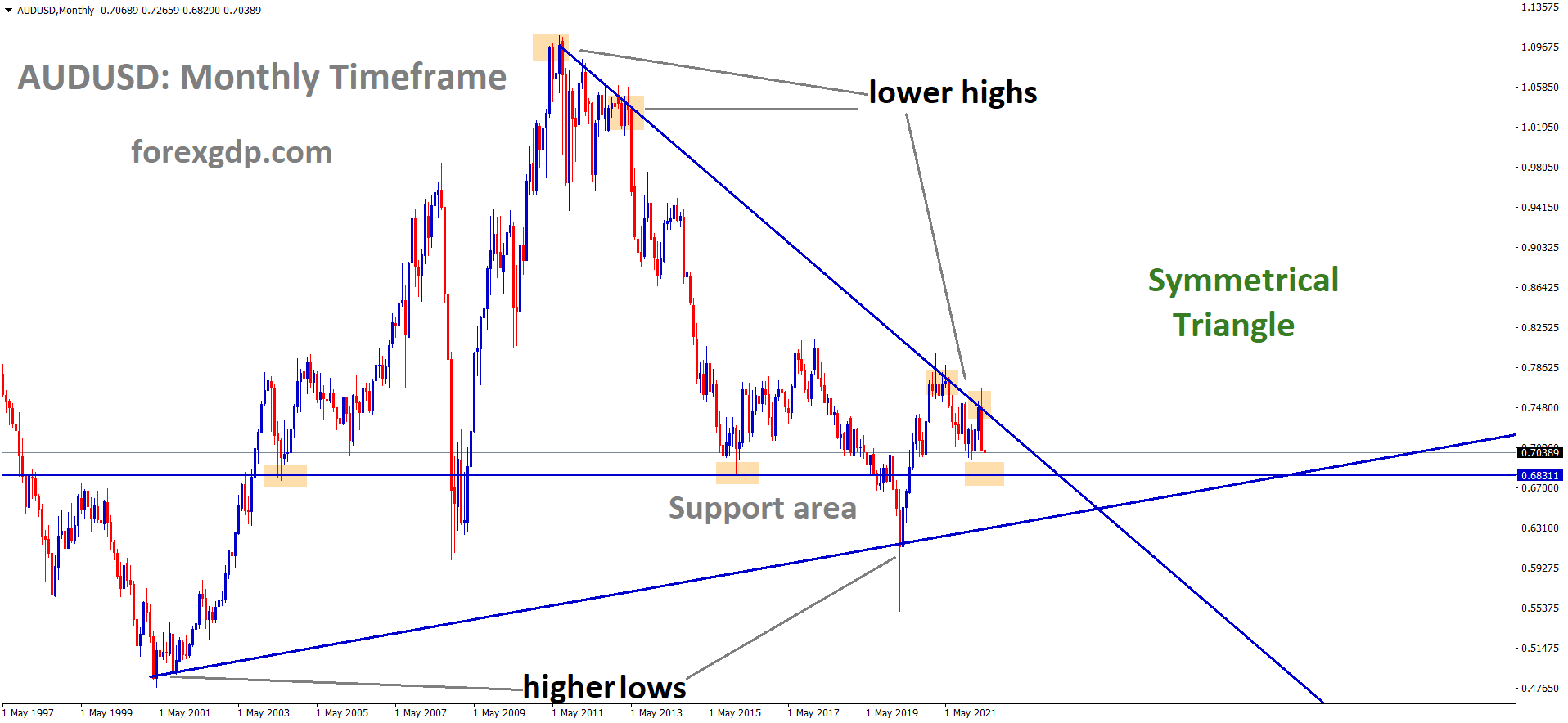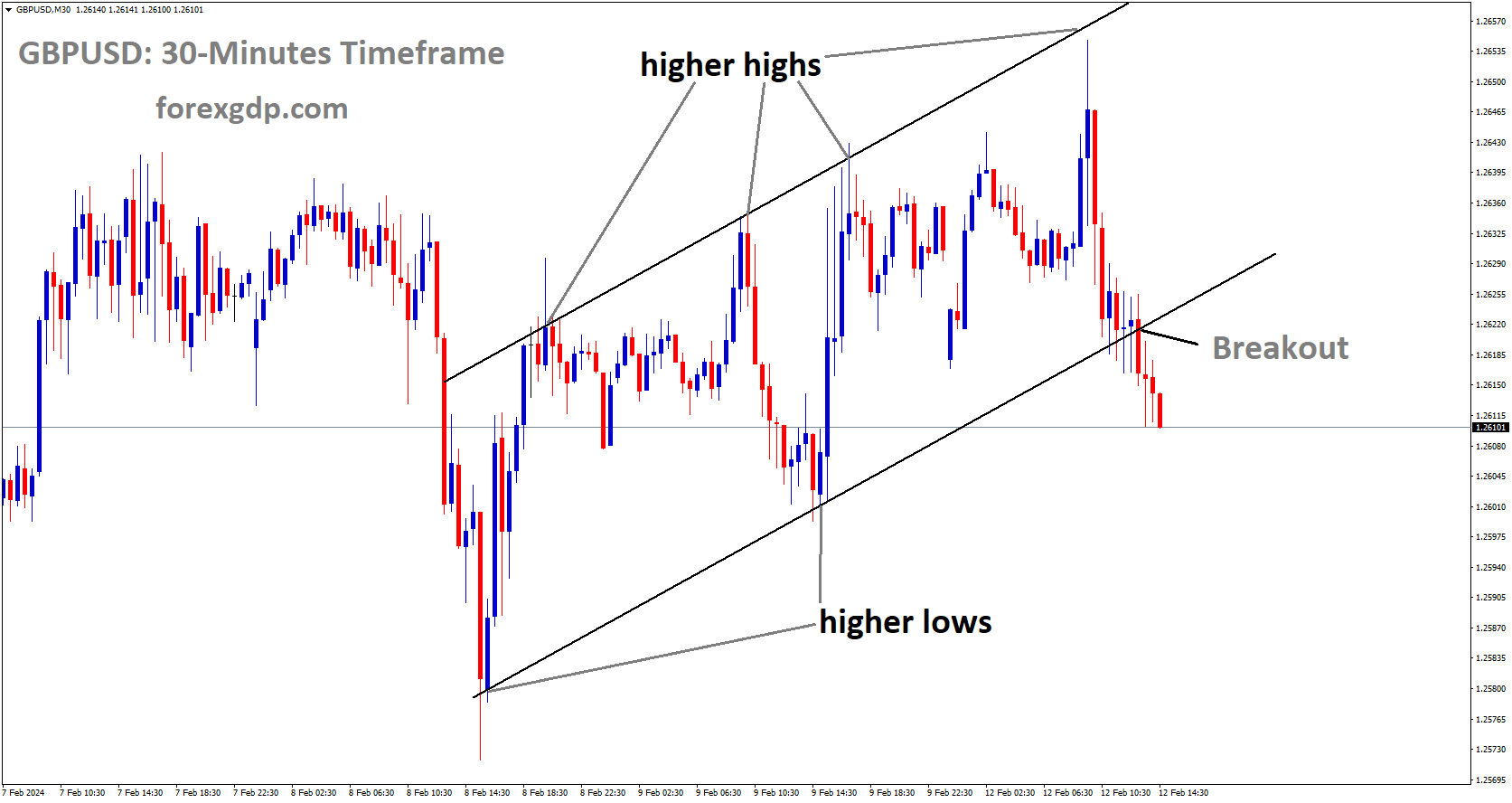AUDUSD is moving in Descending channel and market has reached lower high area of the pattern
Australian Dollar Faces Turbulence Amid Falling Iron Ore Prices
The Australian Dollar (AUD) has been on a rough ride lately, and it’s mostly due to the plummeting prices of Iron Ore. Let’s dive into what’s been happening and why the AUD is feeling the heat.
A Sluggish Economy and Declining Iron Ore Prices
Impact of Iron Ore on the Australian Economy
Iron Ore is a massive part of Australia’s economy. As the largest exporter of this precious metal, any dip in its price directly impacts the Australian Dollar. Recently, Iron Ore prices have taken a nosedive, reaching their lowest levels in three weeks. This is a significant concern for Australia, especially since the prices are hovering around $108.00, putting more pressure on the AUD.

Australia’s PMI: A Mixed Bag
Australia’s Composite PMI (Purchasing Managers Index) dropped to 50.2 in July from 50.7 in June. This marks the slowest growth in six months, signaling that the economy isn’t performing as well as hoped. While the Manufacturing PMI saw a slight improvement, moving up to 47.4 in July from 47.2 in June, the Services PMI fell to 50.8 from 51.2. This mixed data from Australia’s Judo Bank PMI indicates that various sectors of the economy are facing challenges.
Global Influences Adding to the Pressure
China’s Economic Slowdown
China’s economic slowdown has a direct impact on Australia. As close trade partners, any hiccup in China’s economy is felt strongly in Australia. Recently, the People’s Bank of China (PBoC) cut interest rates unexpectedly, signaling concerns about their economic health. These cuts included the one-year loan prime rate being reduced to 3.35% and the five-year rate to 3.85%.
Joseph Capurso, head of international economics at the Commonwealth Bank of Australia, mentioned that the modest interest rate cuts by the PBoC were not enough to convince market participants of a significant acceleration in the Chinese economy. This sentiment has added to the selling pressure on the AUD.
US Dollar Dynamics
On the other side of the globe, the US Dollar (USD) is also experiencing some fluctuations. There are rising bets on a Federal Reserve (Fed) rate cut in September, which could limit the downside for the AUD/USD pair. According to CME Group’s FedWatch Tool, there is now a 93.6% probability of a 25-basis point rate cut at the September Fed meeting.
AUDUSD is moving in box pattern and market has fallen from the resistance area of the pattern
Federal Reserve Bank of New York President John Williams highlighted that the long-term trends causing declines in neutral interest rates before the pandemic continue to prevail. Fed Chair Powell also noted that recent US inflation readings add confidence that inflation is on track to meet the Fed’s target, suggesting a shift towards interest rate cuts might be imminent.
Market Sentiments and Future Outlook
Daily Digest of Market Movers
The market sentiments are mixed, with various factors pulling the AUD in different directions. The PMI data from Australia shows a sluggish economy, while the global scenario adds further complexity.
Australia’s Economic Indicators
- Manufacturing PMI: Improved slightly to 47.4 in July from 47.2 in June.
- Services PMI: Dropped to 50.8 in July from 51.2 in June.
- Composite PMI: Declined to 50.2 in July from 50.7 in June.
These figures indicate that while there are some areas of improvement, the overall economic growth remains slow.
Global Economic Interactions
The interactions between major economies like China and the US play a crucial role in determining the fate of the AUD. Any significant changes in these economies are likely to have a ripple effect on Australia.
China’s Economic Measures
The recent rate cuts by the PBoC reflect attempts to stimulate their slowing economy. However, market participants are not entirely convinced that these measures will lead to a significant acceleration in economic growth.
US Federal Reserve’s Stance
With a high probability of a Fed rate cut in September, the USD might face some pressure. This could, in turn, provide some relief to the AUD/USD pair, although the overall sentiment remains cautious.
Summary
The Australian Dollar is currently facing multiple challenges. The stark decline in Iron Ore prices and mixed economic data from Australia have put significant pressure on the AUD. Additionally, the economic slowdown in China and the potential for a US Federal Reserve rate cut add further complexity to the situation.
As we move forward, the market will be closely watching the developments in major global economies and their impact on the AUD. For now, it’s a period of uncertainty and cautious optimism, with traders and investors keeping a close eye on any new data or policy changes that could influence the direction of the Australian Dollar.
Don’t trade all the time, trade forex only at the confirmed trade setups
Get more confirmed trade signals at premium or supreme – Click here to get more signals , 2200%, 800% growth in Real Live USD trading account of our users – click here to see , or If you want to get FREE Trial signals, You can Join FREE Signals Now!







